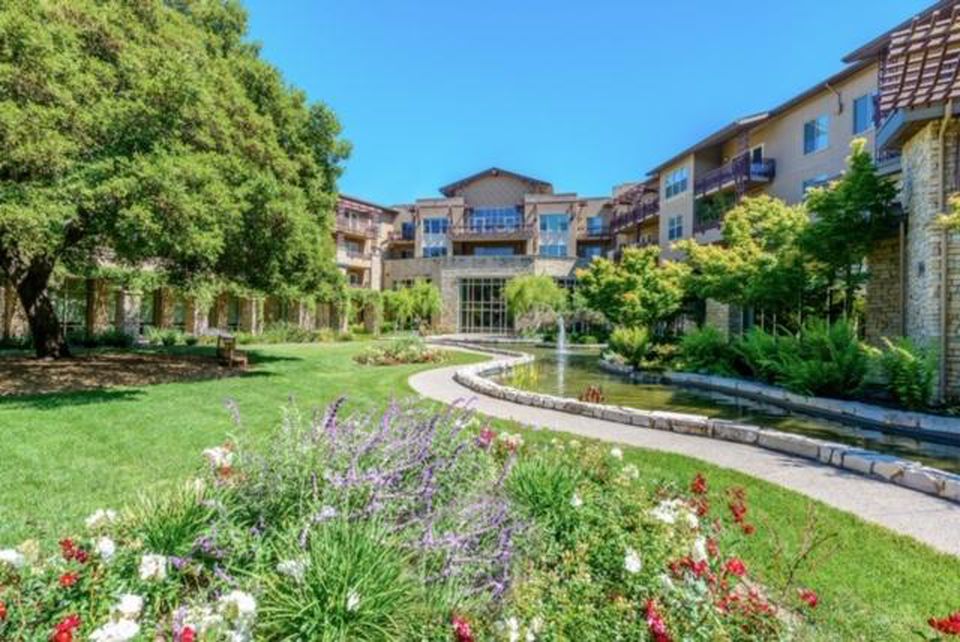
If you are in your sixties or seventies you are probably spending a fair amount of time trying to figure out what the next decade or two of your life is going to look like. I can relate. In the past few years, the non-financial side of retirement planning has been the most popular topic of conversation among my fellow solo agers. Where will we live? What if we need help? Who will take care of us? When you don’t have adult children or other family as a safety net, it’s dangerous to leave the answers to chance.
For people who have family and intend to “age in place,” the first question may not be immediately relevant, but if you are a solo ager, these concerns are inseparable; care and living need to be seen as a package. Will you go to it or will it come to you? In my case, my husband and I will need to move to a place where we will receive the care we need when the time comes because we have no children or other family members to rely on when we need help. If that describes you as well, then welcome to the very large ranks of “solo agers” and join me in the quest to find the right place.
First, it’s important to get a good handle on what you can and cannot afford in your later years. You might choose to buy into a continuing care retirement community (CCRC), or you could choose to rent a unit in a retirement community where care is available to you when you need it. The senior housing industry is continuing to build a wide variety of accommodations all over the United States, knowing there is a tremendous range in what people can afford.
In this article, I want to drill down into the high-end options of retirement living, the continuing care retirement communities (CCRCs). To qualify as a true CCRC, a property must offer the full range of care options, from independent living to assisted living to skilled nursing. Today, many CCRCs also offer memory care in addition to assisted living, which requires special training for staff and a separate area of the community.
With most CCRCs, a new resident must pay a “buy-in” or “ownership” fee for their unit. In California I found that entry-level buy-in fees start at around $300,000 for a small unit, but they can go much higher in coastal areas where real estate is pricey. In addition to the buy-in requirement, there is a monthly fee, and all applicants for residency in a CCRC must supply evidence that they are financially able to make those payments.
Most CCRCs operate on the buy-in-plus-monthly-fee model described above. A few CCRCs around the country operate on a purely rental basis, with “entrance fees” as low as $20,000, but to make that model work, the monthly rent tends to be higher, especially as more care is required. A huge variety of financial models exists in the CCRC space. SeniorHomes.com does a good job a laying out the various financial scenarios of CCRCs and they go into much more detail than I have space for in this article.
All CCRCs require that a resident be capable of living independently when they move inand all of the CCRCs I visited had far more residents in independent living apartments than in assisted living, memory care, or skilled nursing. New applicants are generally required to supply medical records and be interviewed by a contracted professional to assess mental health.
I visited several CCRCs in various areas of California, where I live, to get a feel for different property types and sizes. Vi in Palo Alto, CA is a good example of a very high-end property with many special features that appeal to today’s older adult. Vi in Palo Alto belongs to a family of 10 luxury CCRCs, scattered around the country. Vi, which comes from “vitae,” the Latin word for life, turns CCRC living into an art form. With independent living units ranging from just under 1000 square feet to over 4000 square feet, it offers some of the largest retirement homes of any CCRC I visited. The community features a fully equipped fitness center with heated pool and spa, art studios, walking and bicycle paths, game rooms, a library, a computer center, and a dining center with a trained culinary team that equals other fine restaurants in the area.
In addition to the luxurious on-site amenities, Vi offers special lectures, fitness classes, discussion groups, movies in their theater, social functions, happy hours, and in-house concerts. The other great feature of Vi in Palo Alto is that it is adjacent to Stanford University. In fact, it sits on Stanford-owned land. That location opens up a whole world of opportunity for lifelong learning and intergenerational connections. Vi is definitely at the top of the food chain of senior living and if your finances can manage it…well, residents tell me it’s like a “docked cruise ship.”

